Plants, like humans, are living organisms. As such, plants have certain basic needs that need to be fulfilled in order to live, survive, and grow.
There are 7 things that a plant needs in order to grow: the right temperature, room to grow, nutrients, air, water, light, and time. An easy acronym to remember the things a plant needs to grow is: L.A.W.N. This acronym covers light, air, water, and nutrients, as well as space in order to grow.
If any of these factors are in a deficit, the plant may not grow, or even survive. Also, some plants are designed to withstand the limitations in their area by employing unique ways of surviving. Let’s dig in!
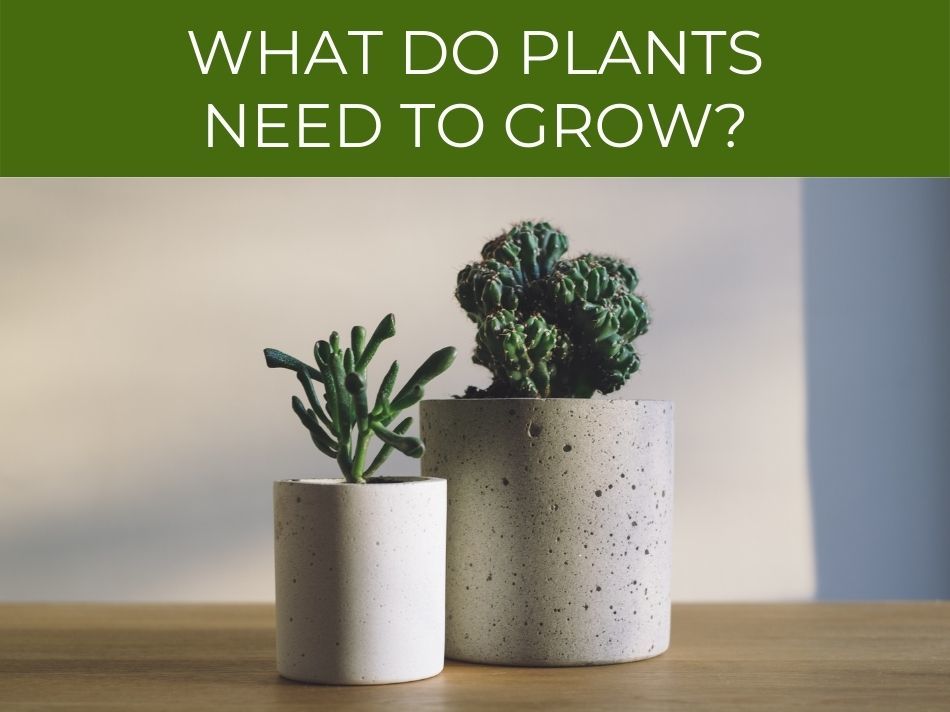
What do plants need to grow?
Plants need a lot of things to grow, and some specialized plants can only grow in very specific conditions.
At minimum, plants need water, air (carbon dioxide, CO2), and light to grow, since they require those inputs for photosynthesis. However, plants will grow better if they have other nutrients, such as nitrogen, potassium, phosphorus, and other trace elements.

Of these components, carbon dioxide, light, and water are possibly the most important factors a plant needs to grow and survive.
Plants grow in a variety of ecosystems and therefore find different ways to meet their needs in these environments.
For example, a plant that grows in the desert may experience extended periods without water.
Plants lose moisture through a process called transpiration and desert plants may shed leaves in order to retain as much water as possible from their roots.
Other plants may have the ability to destroy competition by releasing toxins into the soil in order to get rid of the competition.
Find out if plants can grow without water.
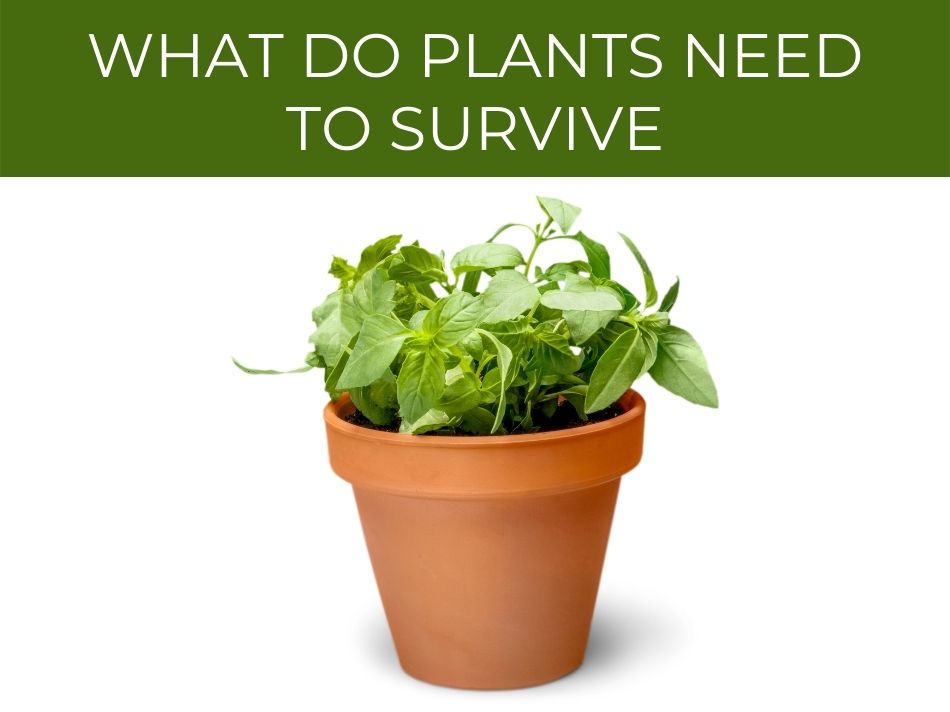
What do plants need to survive
When a plant flourishes it grows.
But, when a plant is in survival mode, it operates in a completely different manner, often finding ways to adapt to its environment.
If you think about the human species, you will notice that the bare minimum a human may need to survive is food and water.
The same applies to plants.
There are a few basic needs that a plant has in order for the plant to survive.
These needs are different in the various species of plants but, in essence, all plants need the same things to survive.
The first and most important thing a plant needs to survive is the ability to make food. This is achieved through a process called photosynthesis. In order for photosynthesis to take place, a plant must have access to sunlight, water, and nutrients. Sunlight acts as a convertor, changing carbon dioxide and water into a sugar called glucose which gives a plant its energy.

Glucose is necessary for plants to grow strong and eventually reproduce.
Another benefit of sunlight is that it provides the heat that a plant needs to survive.
While some plants are able to grow in extreme weather, this is not the case for all plants.

Water helps to move the nutrients in the soil up the stem of the plant and into its leaves where photosynthesis can take place.
The soil contains essential nutrients that help the plant grow and survive.
The roots of the plant are responsible for extracting the nutrients from the soil.
Find out how much sun a greenhouse needs.
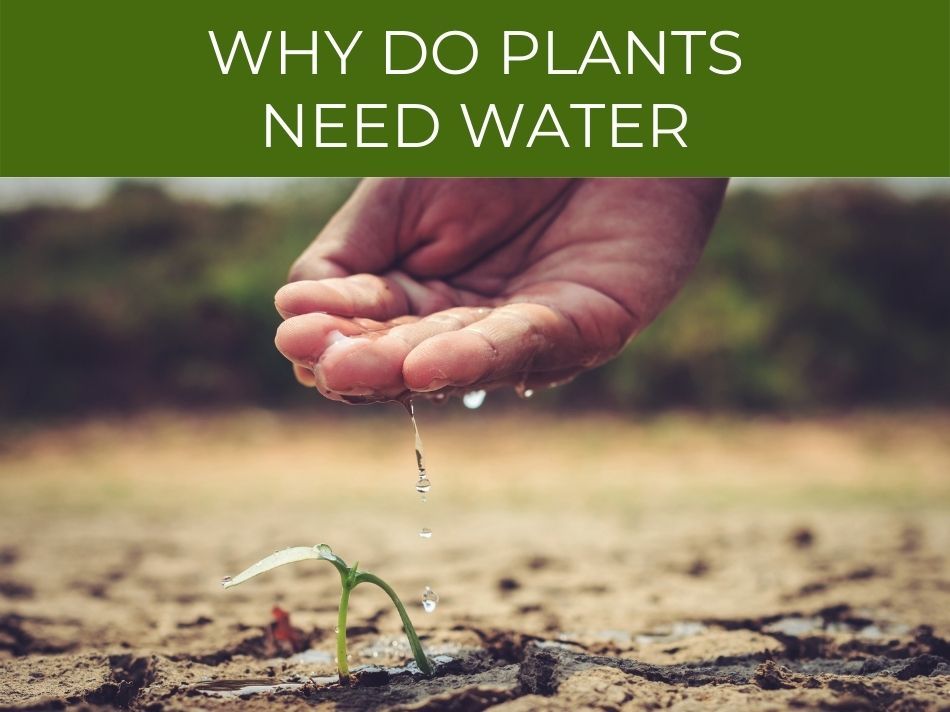
Why do plants need water
Did you know that a plant’s tissue is made up of 95% water?
Have you ever noticed that if a plant has started to wilt you simply need to pour some water over it and give it a few hours, you will notice it starting to stand up straight again.
Water serves various functions in a plant and without it a plant cannot survive.
From the very start, a plant needs water in order to germinate. The process of photosynthesis is not possible without water as it is a key component. Water helps to transfer nutrients from the soil into the plant and upwards towards the stem and leaves of the plant. In addition, a plant requires water for a process known as transpiration which helps to keep plant cells firm and prevent them from wilting.
Water is the life source on earth for all living organisms.
The whole life cycle of a plant, from germination, to growth and maturity, requires water in order to survive.
Plants need water to perform some of its main functions such as getting nutrients from the ground, producing food for itself, and keeping its cells strong and firm.
Water moves nutrients through the entire plant.
In addition, water helps to keep a plant cool during the process of transpiration when the plant evaporates water.
Find out whether plants grow better in soil or water.
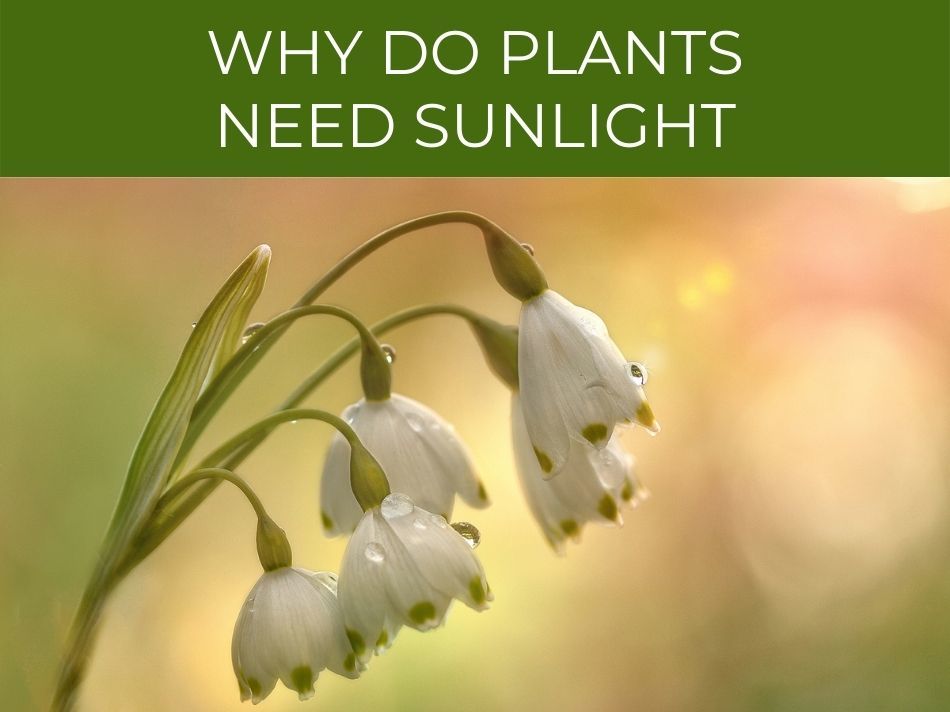
Why do plants need sunlight
Possibly the most important aspect that a plant needs in order to survive, apart from water and nutrients, is sunlight.
Have you ever left a plant indoors and away from sunlight for an extended period of time?
If you had, you would have noticed that the plant started to die.
This is because sunlight serves several functions in the process of keeping plants alive, growing, and surviving.
Firstly, a plant needs sunlight in order to convert carbon dioxide and water into food known as glucose. This is achieved through the leaves of the plant that soak up the sunlight and store the food produced in order to survive and get energy. Sunlight provides the necessary heat that a plant needs to stay alive.
The amount of sunlight needed by a plant is determined by the type of plant and the ecosystem that the plant lives in.
In cases of artificial lighting, the color of the light may have an effect on the growth of the plant.
For example, when plants grow under a red light the stems will be longer and the plant will be larger, while if a plant grows under a blue light the plant may be more compact and have thicker leaves.
Plants are able to grow in natural sunlight as well as artificial light.
In the case of artificial light, the owner of the plant has control over how fast or slow the plant grows, when and how much the plant produces flowers, as well as the overall health of the plant.
Find out if the color of light affects plant growth.
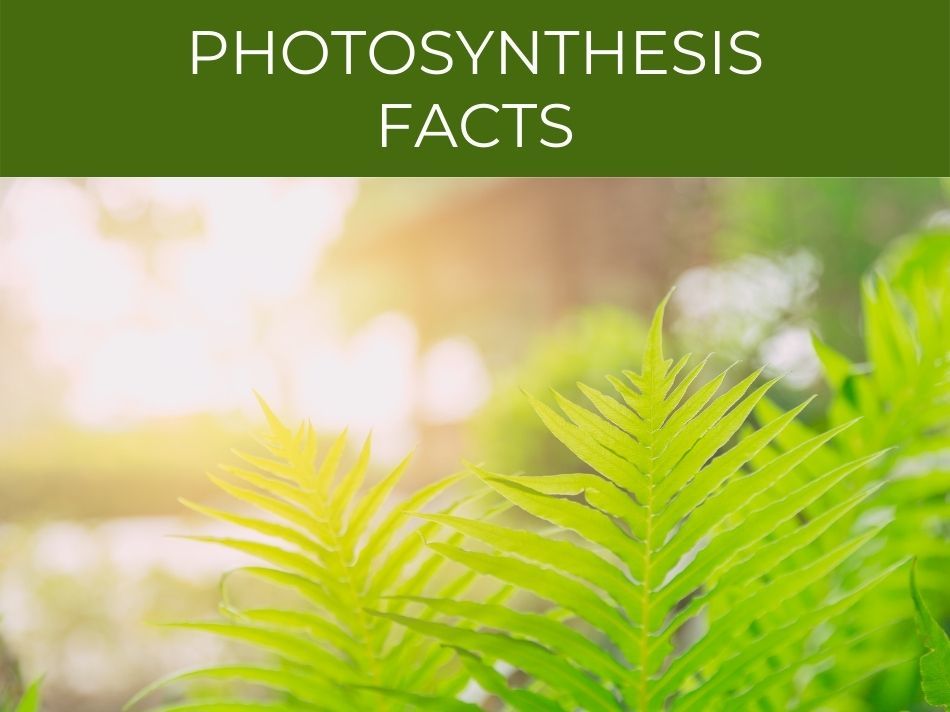
Photosynthesis facts
Photosynthesis is the process by which plants generate energy and produce food for themselves.
Photosynthesis is achieved through the leaves of a plant and is crucial to its survival and its ability to grow and flourish.
If a plant cannot produce food for itself, it will not be able to survive.
Photosynthesis is a process that occurs in all types of plants that have leaves.
Photosynthesis facts: the green color in plants is due to a chemical called chlorophyll. Photosynthesis requires 6 molecules each of water (H20) & carbon dioxide (CO2) to produce a 1 molecule of glucose. The color change in leaves during autumn shows that chlorophyll is breaking down.
The interesting fact about photosynthesis is that plants are not the only producers, as some bacteria and organisms found in aquatic environments also produce photosynthesis.
An example of these organisms includes bacteria known as cyanobacteria as well as algae that both contain the chemical known as chlorophyll, which is responsible for the green color of leaves.
In addition, did you know that plants have a special tissue called xylem that helps to move water from the roots to the leaves?
Furthermore, the leaves have pores all over the surface of the leaf known as stomata, which help the leaf to breathe in carbon dioxide and breathe out oxygen.


